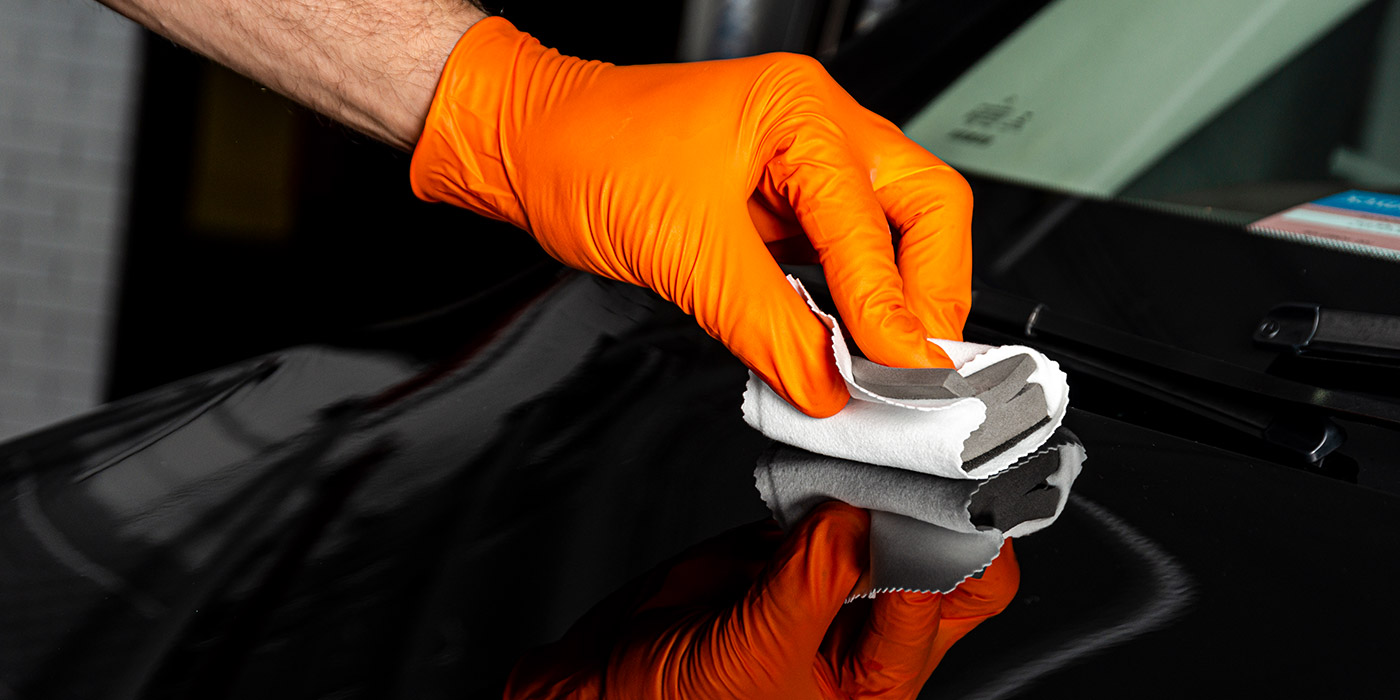"SGVD Pty Ltd, winner of the 2025 MEA African Excellence Awards, specialises in premium vehicle and motorcycle detailing, paint protection, and surface care."
![]()
![]()
![]()
![]()

![]()
![]()

"SGVD Pty Ltd, winner of the 2025 MEA African Excellence Awards, specialises in premium vehicle and motorcycle detailing, paint protection, and surface care."
![]()
![]()
![]()
![]()

![]()
![]()
"SGVD Pty Ltd, winner of the 2025 MEA African Excellence Awards, specialises in premium vehicle and motorcycle detailing, paint protection, and surface care."
![]()
![]()
![]()
![]()

![]()
![]()

When it comes to protecting your vehicle’s paint and enhancing its appearance, graphene coating is one of the most advanced and effective solutions available. Known for its superior durability, hydrophobic properties, and ability to enhance gloss, graphene coating has gained popularity among car and motorcycle enthusiasts. In this blog post, we’ll walk you through the process of applying graphene coating to your vehicle, ensuring that you achieve the best possible results.
Before diving into the application process, it’s important to understand what graphene coating is. Graphene is a single layer of carbon atoms arranged in a hexagonal lattice, and it’s renowned for its exceptional strength, conductivity, and flexibility. When used in car and motorcycle coatings, graphene enhances the surface’s resistance to scratches, chemicals, and UV rays while providing a deep, glossy finish.
Graphene coatings offer several benefits over traditional ceramic coatings, including:
Applying a graphene coating requires attention to detail and careful preparation. Here’s a step-by-step guide to help you through the process.
Before you start, ensure you have all the necessary supplies:
Start by washing your vehicle with a pH-neutral shampoo to remove dirt, grime, and any loose contaminants. Once clean, use a clay bar and lubricant to remove embedded contaminants like tar, tree sap, and industrial fallout. This step is crucial as it ensures a smooth surface for the graphene coating to bond with.
If your vehicle’s paint has swirl marks, scratches, or oxidation, you’ll need to perform paint correction. This involves using a polishing compound and a machine polisher to remove imperfections. Graphene coatings, like ceramic coatings, will lock in any surface defects, so it’s important to address these issues before applying the coating.
After polishing, wipe down the surface with isopropyl alcohol (IPA) or a panel wipe to remove any remaining oils, residues, or polish. This step ensures that the graphene coating will adhere properly to the paint.
Now it’s time to apply the graphene coating. Follow these steps:
After application, allow the coating to cure as per the manufacturer’s instructions. This usually involves keeping the vehicle dry and avoiding exposure to the elements for at least 24 hours. During this time, the graphene coating will fully bond with the paint, providing long-lasting protection.
To ensure the longevity of your graphene coating, follow a regular maintenance routine:
Applying a graphene coating to your car or motorcycle is an investment in long-term protection and appearance. While the process requires careful preparation and attention to detail, the results are worth the effort. Your vehicle will benefit from enhanced gloss, superior protection against the elements, and easier maintenance. Whether you’re a seasoned detailer or a DIY enthusiast, graphene coating is a cutting-edge option that offers significant advantages over traditional coatings.